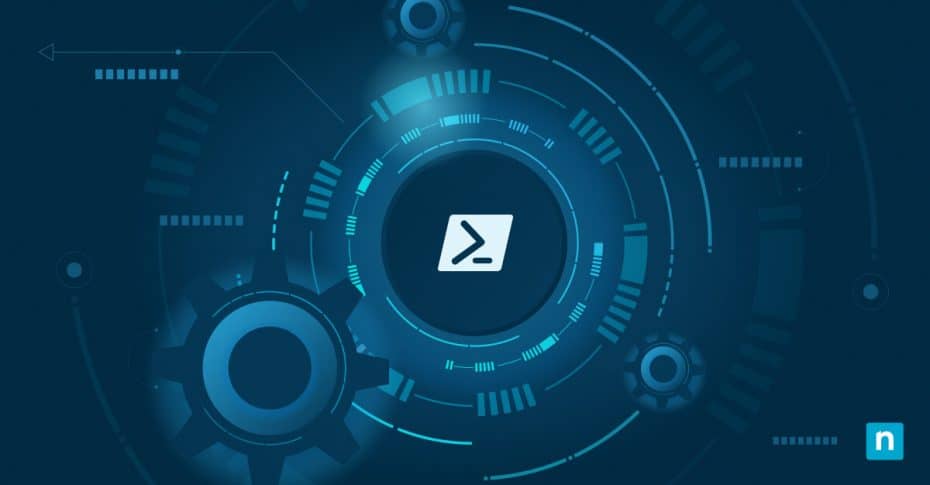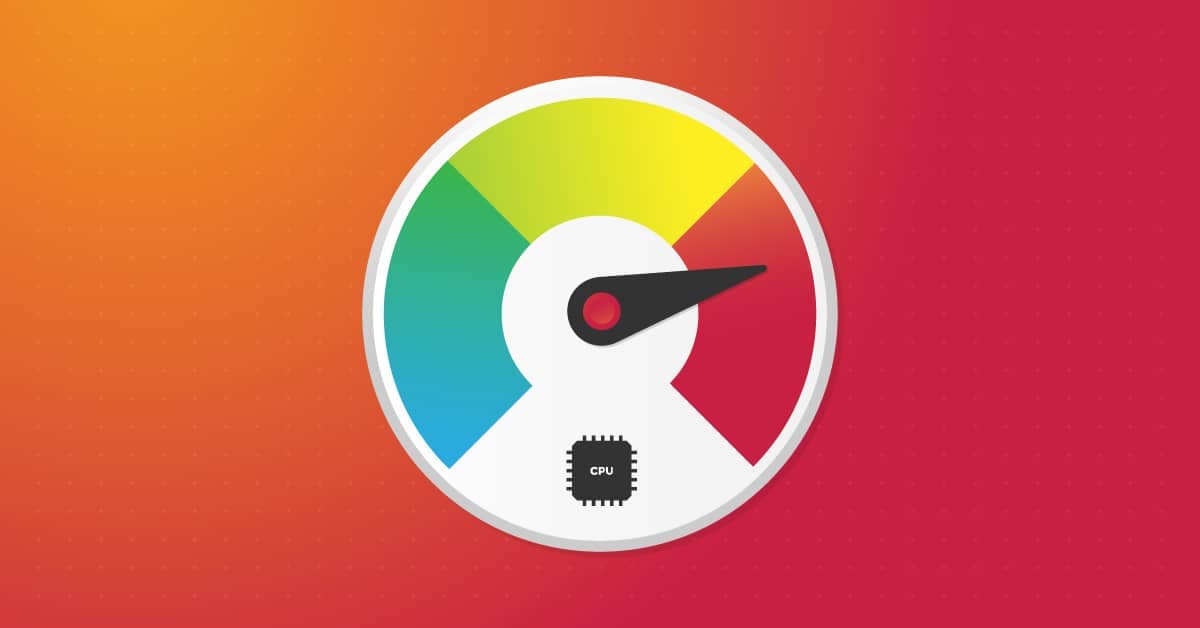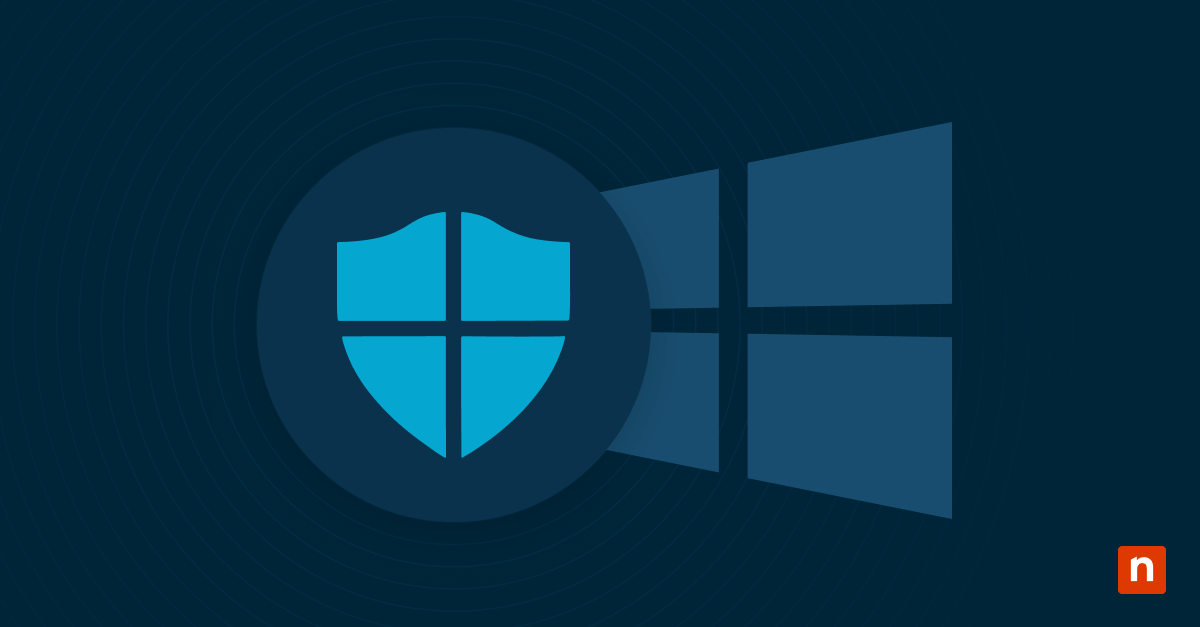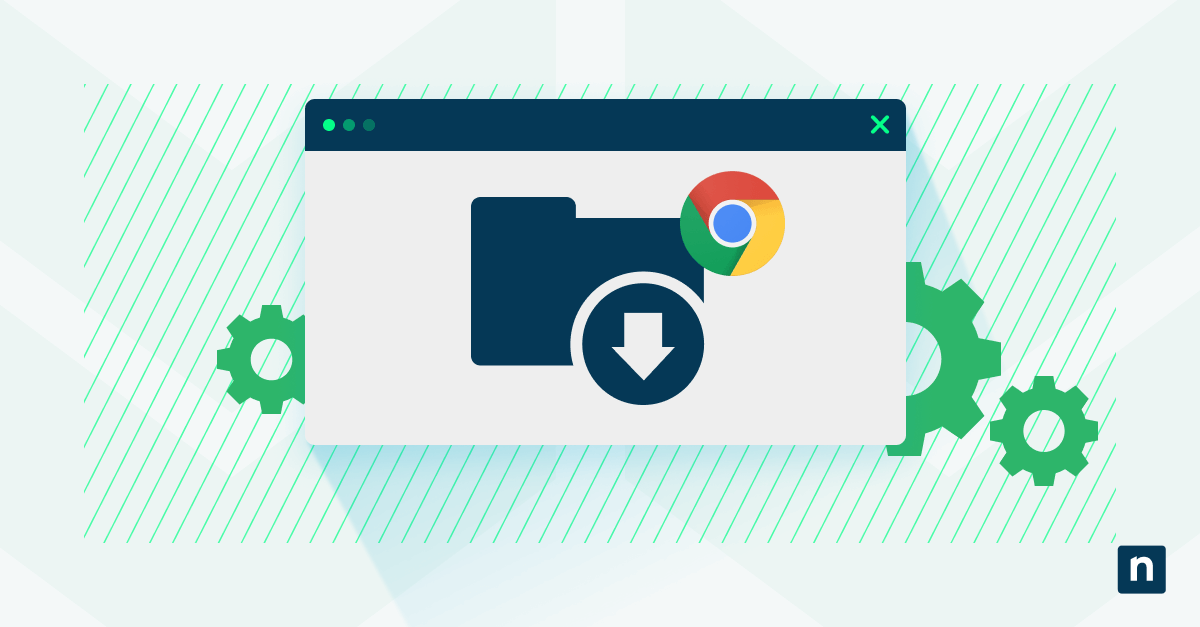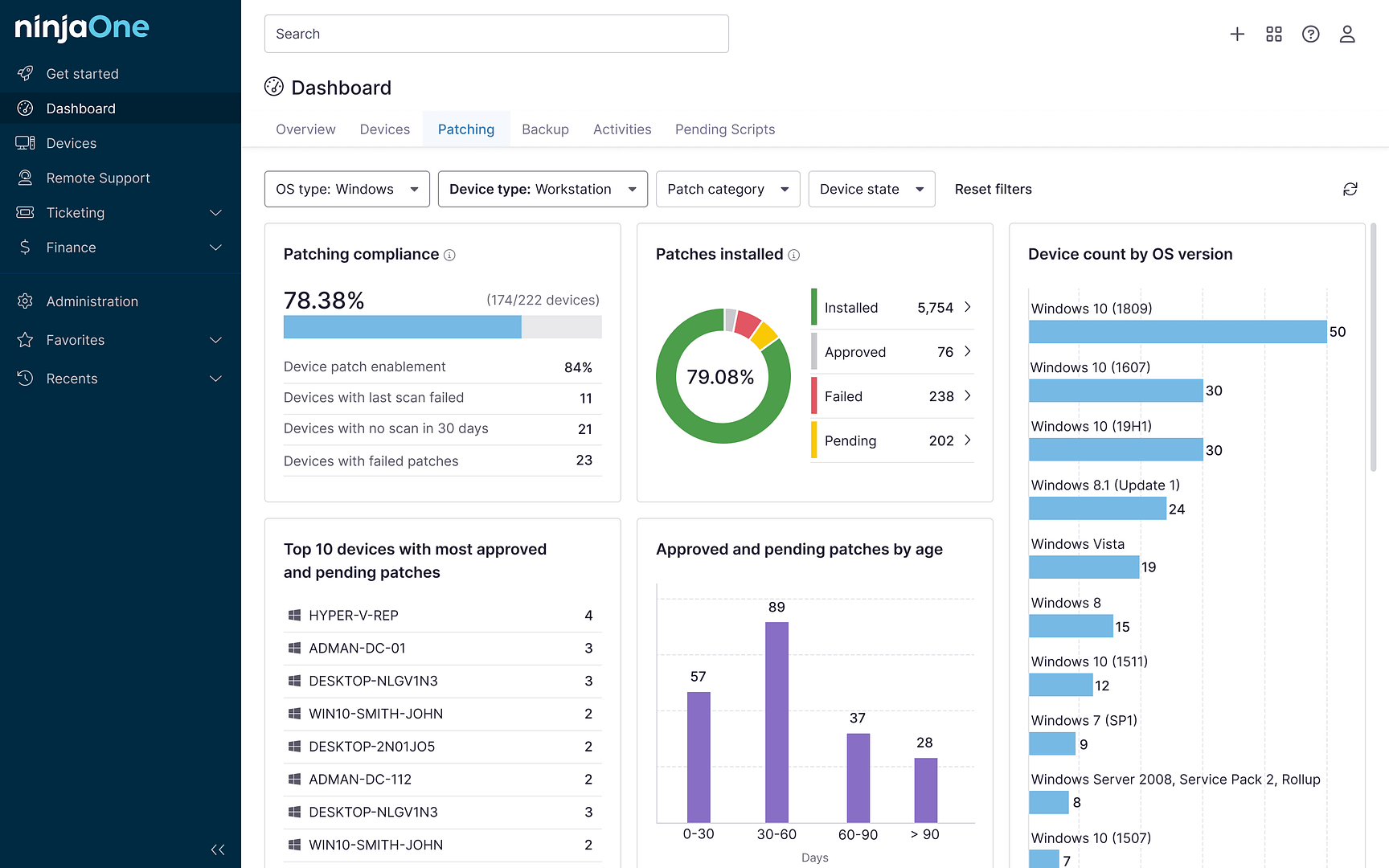Managed Service Providers (MSPs) are leveraging AI to enhance efficiency, and ChatGPT prompts for MSPs are proving to be a game-changer. AI-powered language models help streamline everything from routine maintenance to complex project management, enabling MSPs to deliver faster, more efficient services.
Traditionally, MSPs relied on multiple tools, extensive documentation, and team expertise to manage services. Now, ChatGPT best practices for MSPs simplify these processes by offering intelligent assistance across various tasks. Whether drafting technical documentation, responding to service tickets, or creating business proposals, AI can speed up workflows and improve efficiency.
The key to maximizing ChatGPT’s potential lies in crafting well-structured prompts that generate precise, actionable responses.
10 best ChatGPT prompts for MSPs to improve operations
Successful MSPs don’t replace human expertise with AI—they use it to enhance automation and knowledge-sharing. Well-designed ChatGPT prompts for MSPs can generate valuable insights and streamline operations.
Client management prompts
1. Service desk ticket automation: “Create a template for automating initial ticket responses that includes severity assessment, required information gathering, and common troubleshooting steps for [specific issue type]. Include conditional logic for different security levels and compliance requirements.”
This prompt standardizes service desk operations, ensuring consistent responses and thorough information collection. It helps maintain compliance with service level agreements (SLAs) while embedding ChatGPT best practices for MSPs into ticket management. The output typically includes:
- Ticket categorization and severity assessment
- Required information checklists
- Troubleshooting steps
- Compliance considerations
For even better results, specify integration with your ticketing system, such as ServiceNow or ConnectWise, to automate responses.
2. SLA monitoring templates: “Generate a comprehensive SLA monitoring checklist that covers response time tracking, escalation procedures, and reporting requirements for our managed services agreement. Include KPI definitions, measurement methodologies, and remediation protocols.”
This prompt helps define clear service level metrics and establish monitoring frameworks. The resulting templates create accountability structures and reporting mechanisms that support continuous service improvement.
To take it further, add automated alerts for SLA breaches so your team can address issues before they escalate.
3. Client onboarding workflows: “Develop a detailed client onboarding sequence that includes initial assessment questions, network documentation requirements, security baseline steps, and transition timeline planning. Include risk assessment criteria and mitigation strategies.”
A structured onboarding process lays the foundation for long-term service success. This prompt generates workflows that guide every critical phase of onboarding, ensuring consistency while adapting to each client’s infrastructure and security needs.
Automating documentation generation can streamline onboarding even further, reducing manual effort and improving accuracy.
Technical documentation prompts
4. Knowledge base generators: “Create a structured knowledge base article template for documenting [specific technical procedure] that includes prerequisites, step-by-step instructions, troubleshooting guides, verification steps, and common pitfalls to avoid. Include sections for different technical skill levels.”
Clear documentation is essential for consistent service delivery. This prompt helps create knowledge base articles that are both technically accurate and accessible for different skill levels. The resulting templates serve as a valuable resource for both experienced engineers and junior technicians.
For even better efficiency, integrate AI-generated documentation with your knowledge management system, such as Confluence or IT Glue.
5. Process documentation builders: “Design a process flow document for [specific IT service] that includes required tools, security considerations, backup procedures, quality control checkpoints, and integration requirements. Include rollback procedures and contingency planning.”
Well-documented processes prevent service disruptions. This prompt generates detailed documentation covering security, quality control, and contingency planning, serving as both an operational guide and a training tool.
For better visualization, use AI to generate process maps that clearly outline workflows.
6. Infrastructure mapping guides: “Generate a network infrastructure documentation template that covers hardware inventory, software licensing, network topology, security configurations, and dependency mapping. Include version control procedures and update protocols.”
Understanding client infrastructure is critical for effective service delivery. This prompt creates mapping templates that capture both the current state of client networks and the relationships between different components.
For real-time updates, integrate AI-generated documentation with network monitoring tools like PRTG or SolarWinds.
Business development prompts
7. Proposal frameworks: “Create a customizable MSP service proposal template that highlights value proposition, service level agreements, pricing structure, implementation timeline, and ROI analysis. Include industry-specific compliance considerations and scalability options.”
Winning new business requires proposals that communicate both technical expertise and business value. This prompt generates frameworks that balance technical detail with clear benefits, helping articulate your value proposition while addressing compliance and scalability concerns.
To improve efficiency, automate proposal generation by integrating AI with CRM platforms like HubSpot or Salesforce.
8. Service descriptions: “Write a comprehensive service description for [specific IT service] that includes scope of work, deliverables, technical requirements, expected outcomes and performance metrics. Include integration considerations with existing systems.”
Clear service descriptions prevent misalignment of expectations and set the stage for successful delivery. This prompt ensures service offerings are well-defined, covering both technical specifications and business outcomes.
For added value, include case studies showing successful implementations of the service.
9. ROI calculators: “Develop a framework for calculating ROI on [specific IT solution] that considers implementation costs, operational savings, productivity gains, risk mitigation benefits, and long-term value creation. Include both quantitative and qualitative benefit analysis.”
Justifying IT investments requires solid ROI calculations. This prompt helps create frameworks that capture immediate cost savings and long-term strategic benefits, providing compelling evidence for decision-makers.
For more accuracy, integrate AI-driven financial modeling tools that provide dynamic ROI projections based on real-time data.
10. Automation scripts: “Create a PowerShell script template for automating [specific task] with error handling, logging capabilities, and performance optimization. Include documentation requirements and testing protocols.”
Automation is key to efficient MSP operations. This prompt generates script templates with robust error handling and logging, ensuring reliability and maintainability.
For better results, implement AI-powered script validation to detect syntax errors and inefficiencies before deployment.
Improving efficiency with smart prompt engineering
The key to using ChatGPT prompts for MSPs effectively is crafting prompts that align with your technical requirements and desired outcomes. Providing clear context—such as client infrastructure details, compliance requirements, or escalation procedures—helps generate more relevant and actionable outputs.
Quality control is essential as AI-generated content scales. Set up a review process where senior technicians validate and refine outputs. Track which prompts consistently deliver valuable results and adjust those that need improvement.
Advanced implementation strategies
To integrate ChatGPT best practices for MSPs into daily operations:
- Create a centralized prompt library: Organize proven prompts by service area and use case.
- Train your team: Teach technicians how to use and modify prompts for different scenarios.
- Customize for different clients: Tailor prompts for different industries to meet specific compliance and security needs.
- Integrate with existing workflows: Incorporate AI-generated content into documentation systems, ticket management processes, and client communications.
Measuring impact and scaling success
Track key metrics to measure ChatGPT’s impact on operations. Monitor time saved in documentation creation, improvements in first-response resolution rates, and increases in client satisfaction scores.
The future of managed services belongs to MSPs that combine human expertise with AI capabilities. When used strategically, the best ChatGPT prompts for MSPs become powerful tools for scaling operations while maintaining service quality.
Start with the prompts that address your most pressing needs, measure the results, and expand based on success. Over time, your prompt library will become an essential asset in delivering efficient, scalable, and profitable services.

